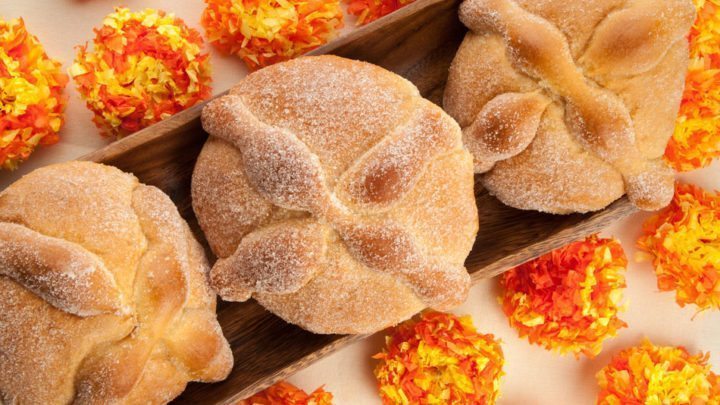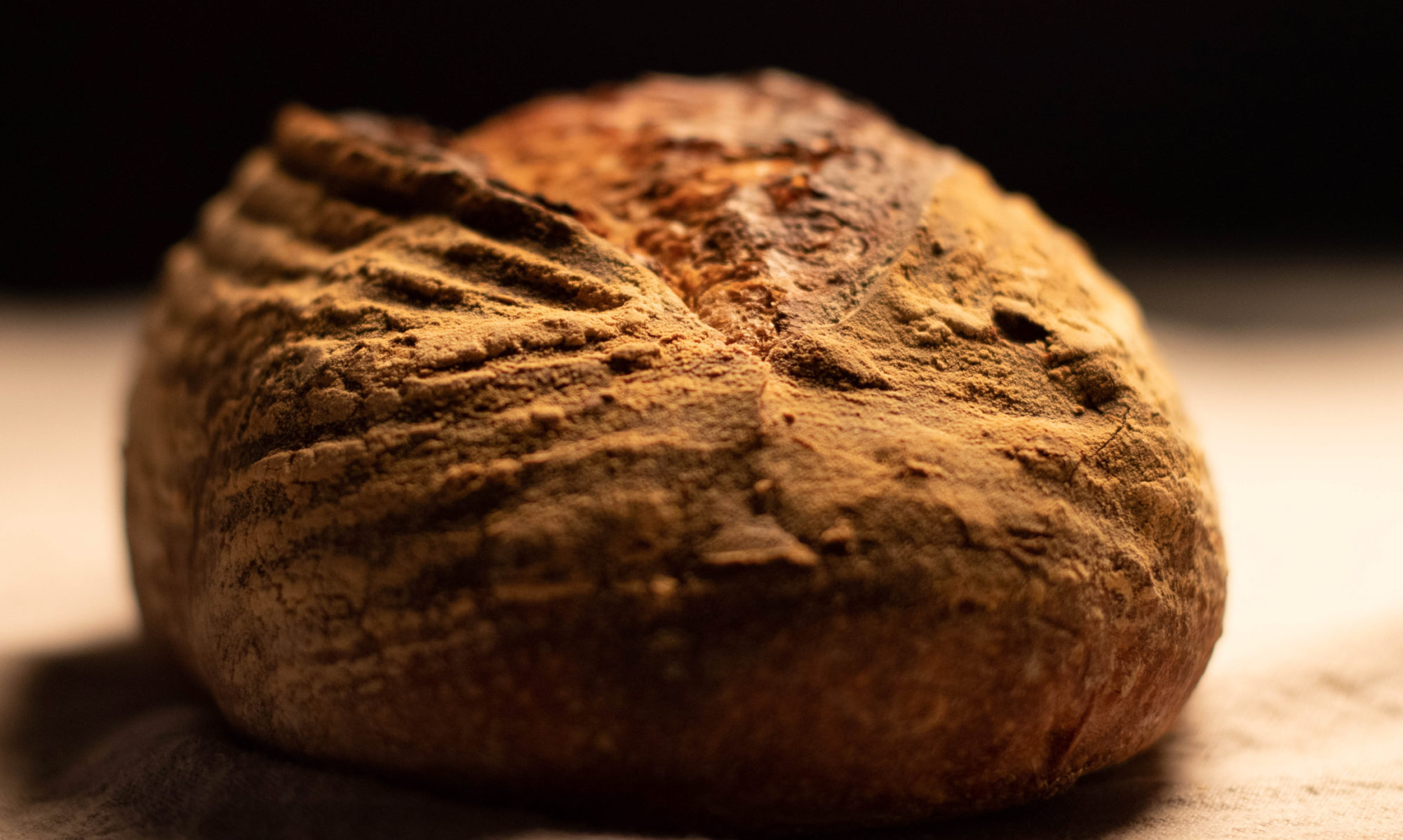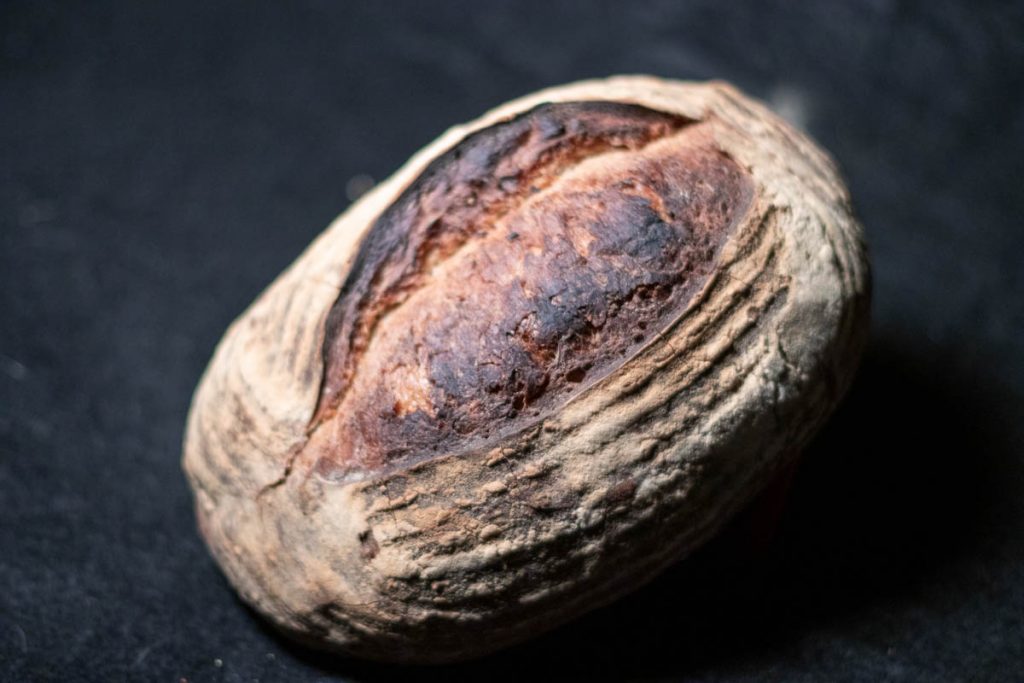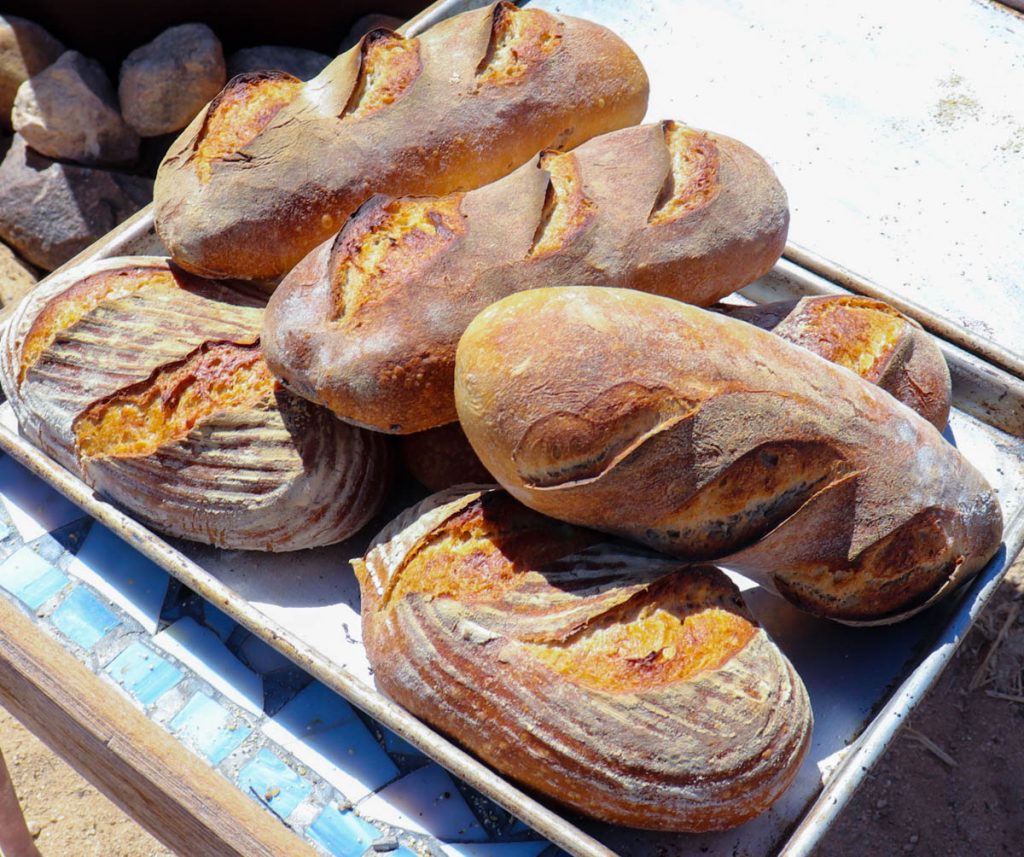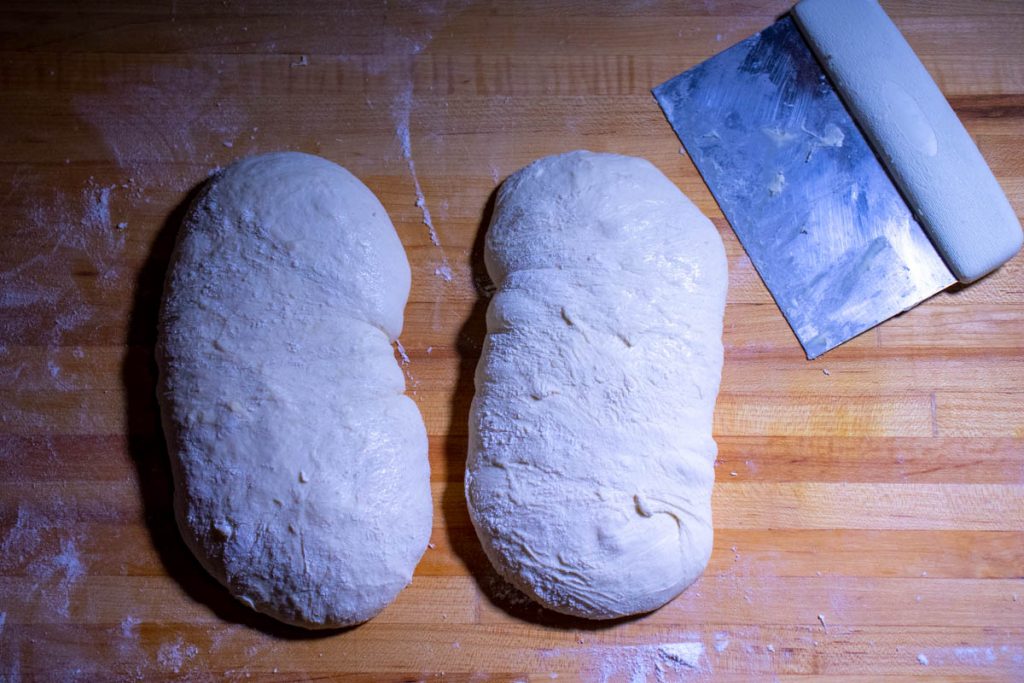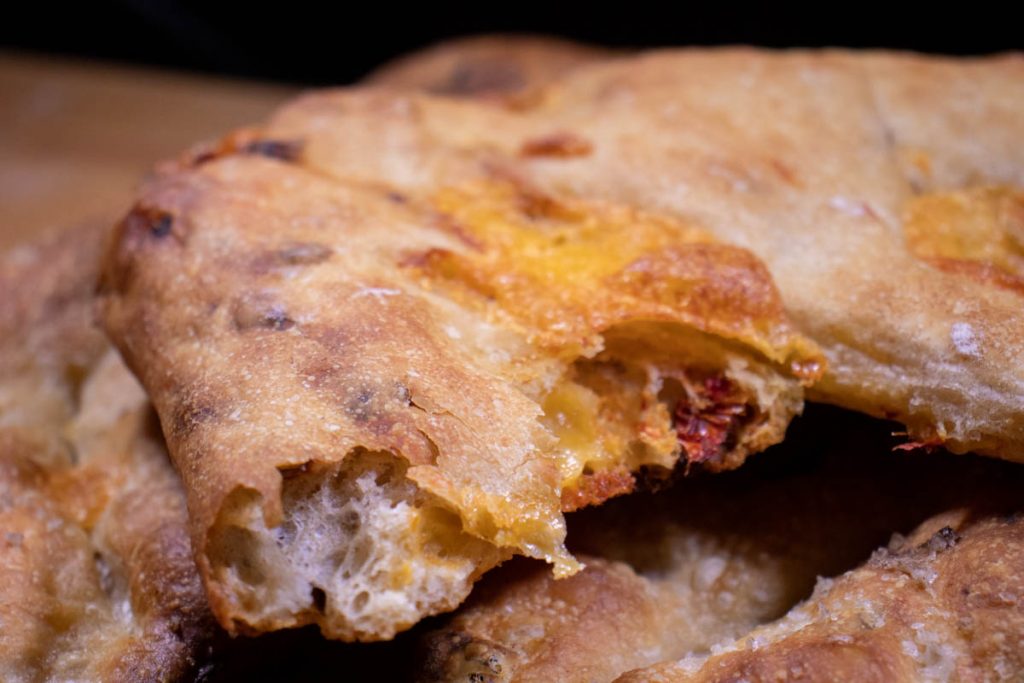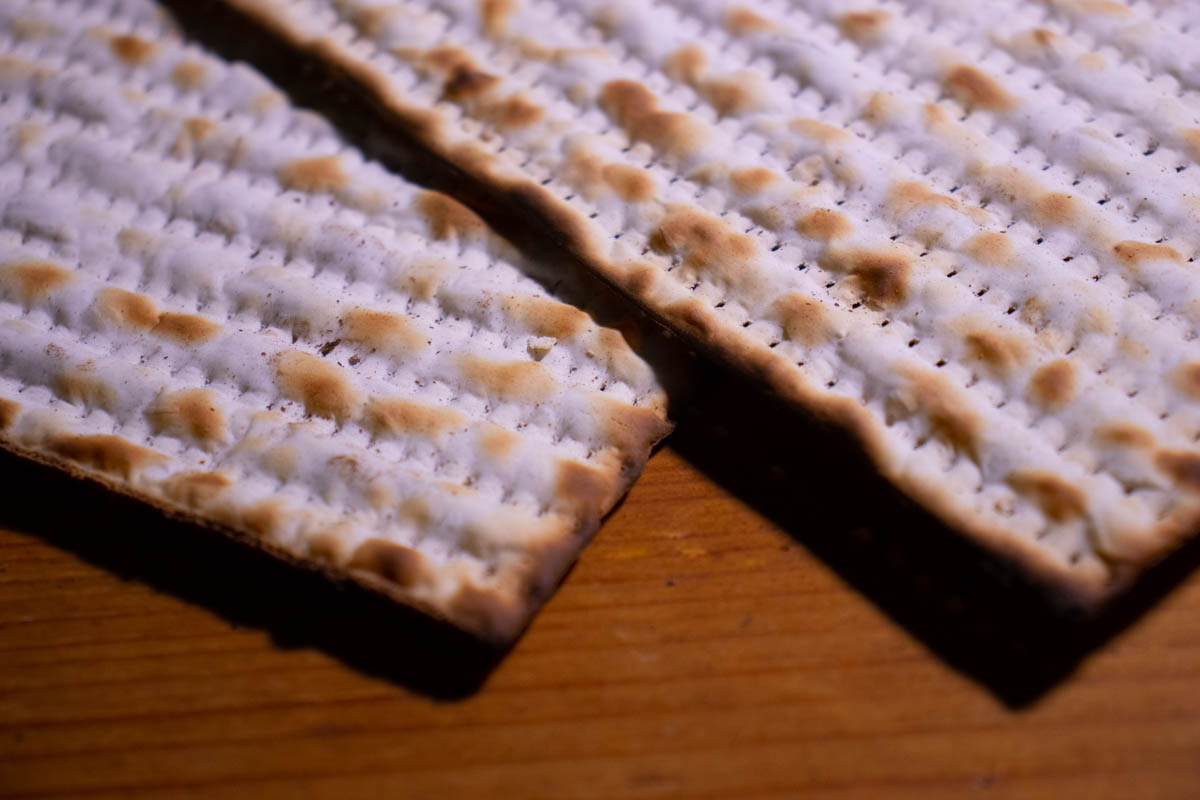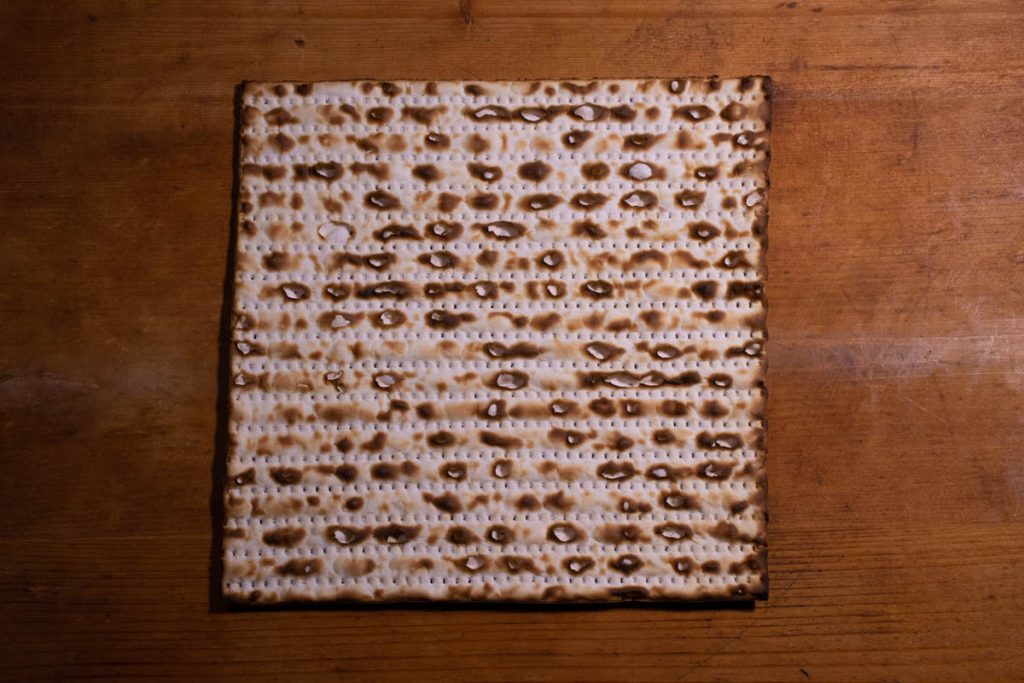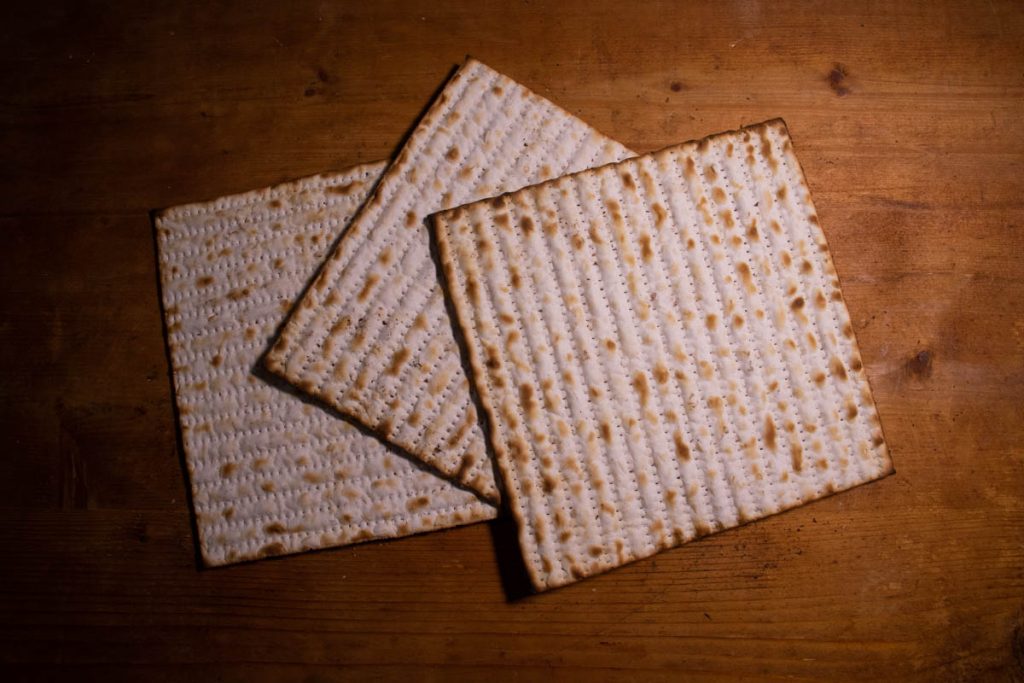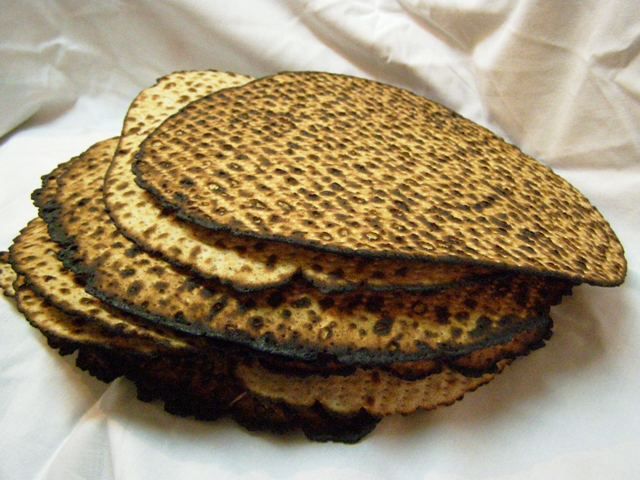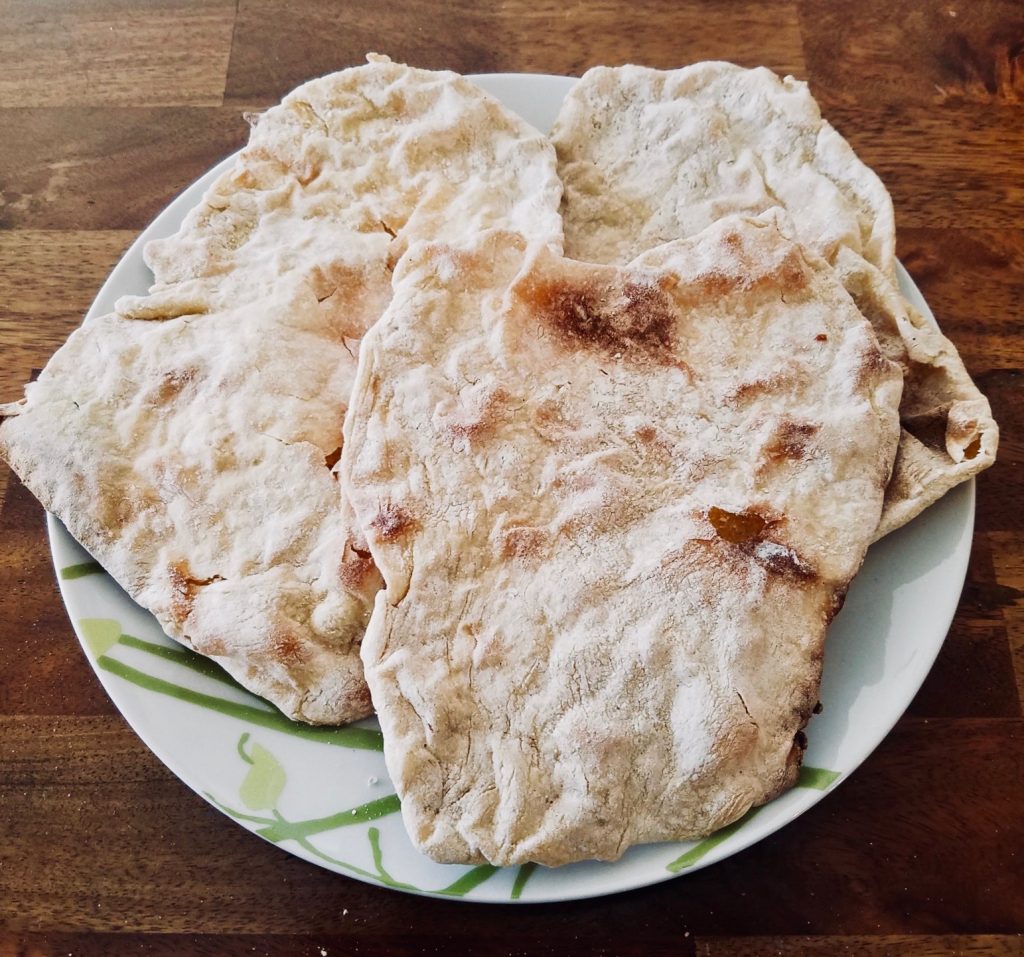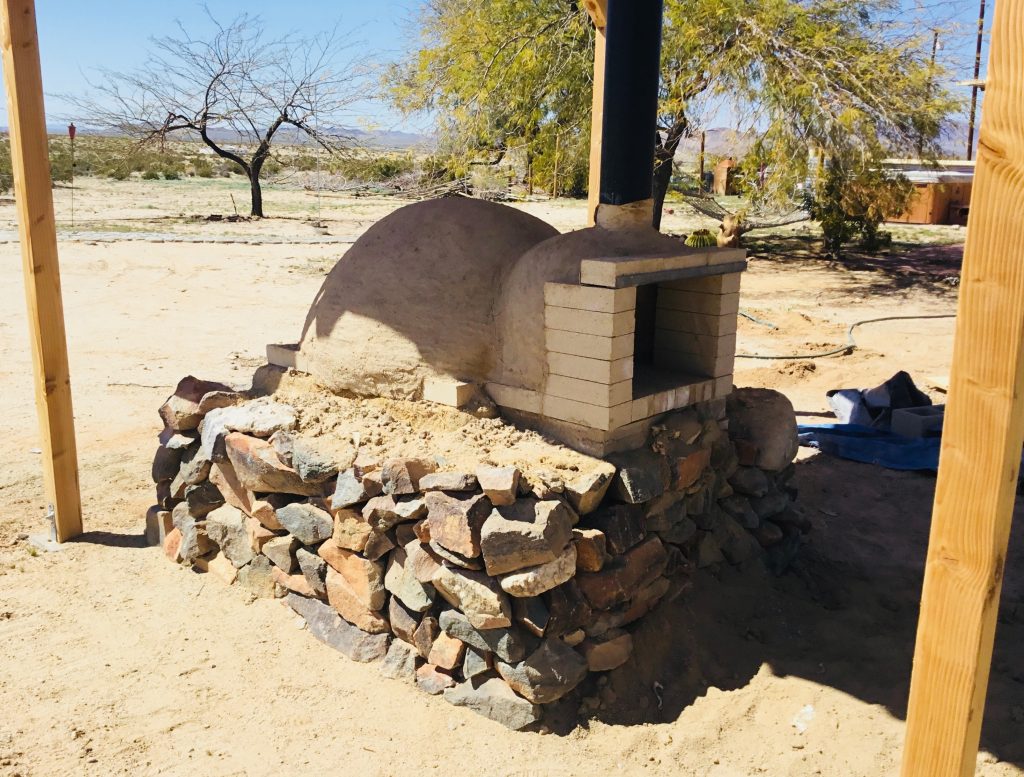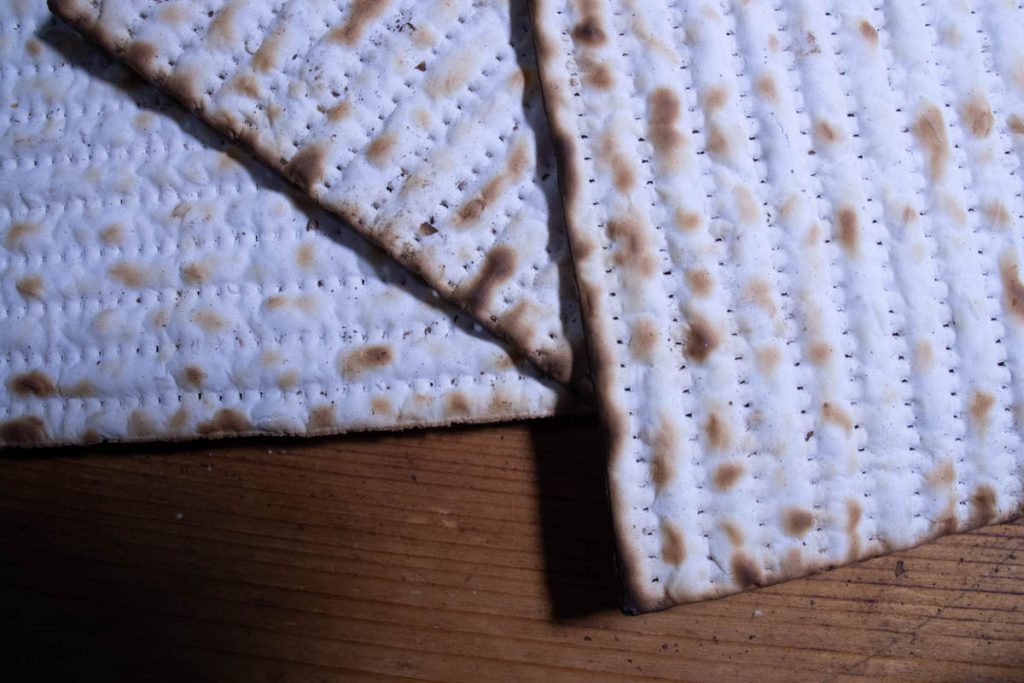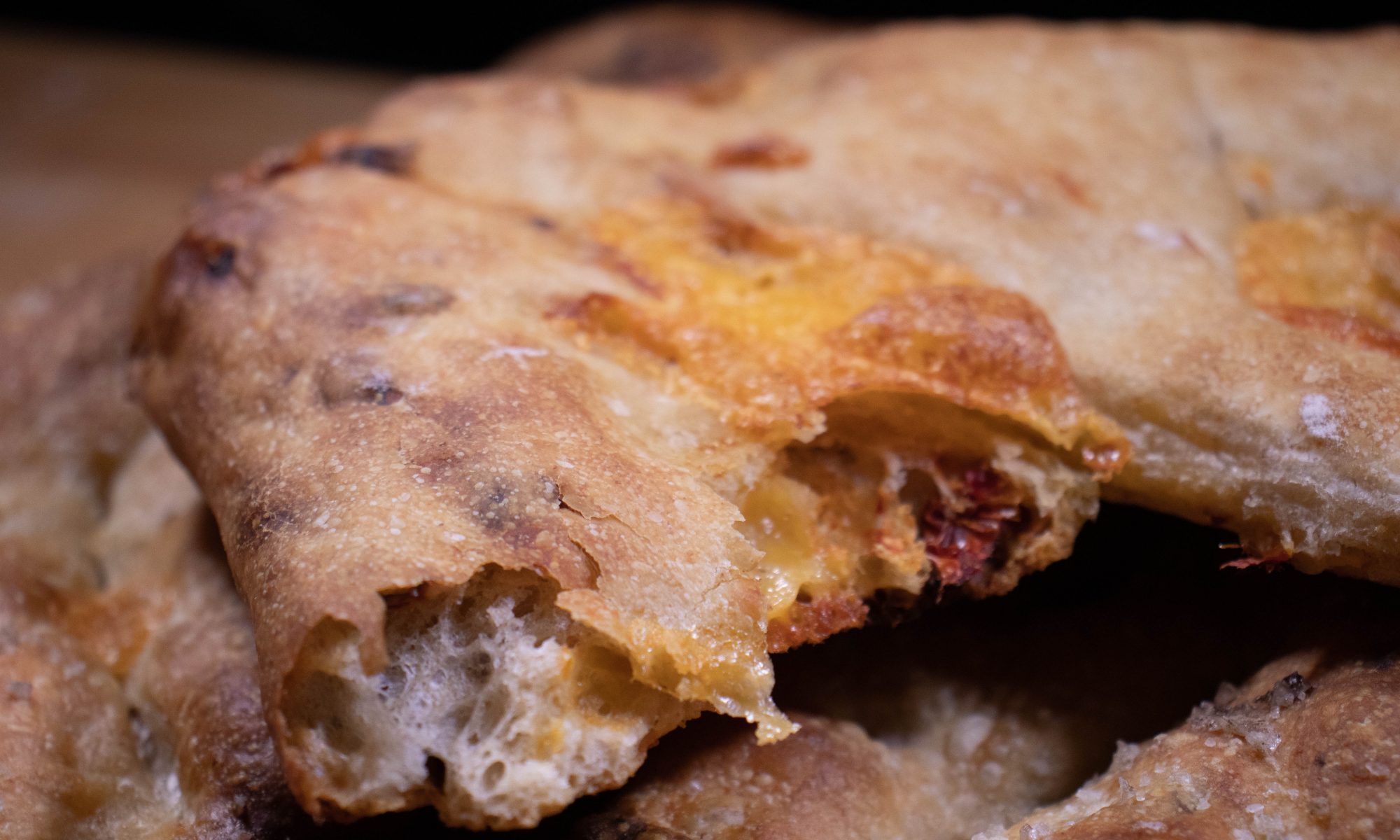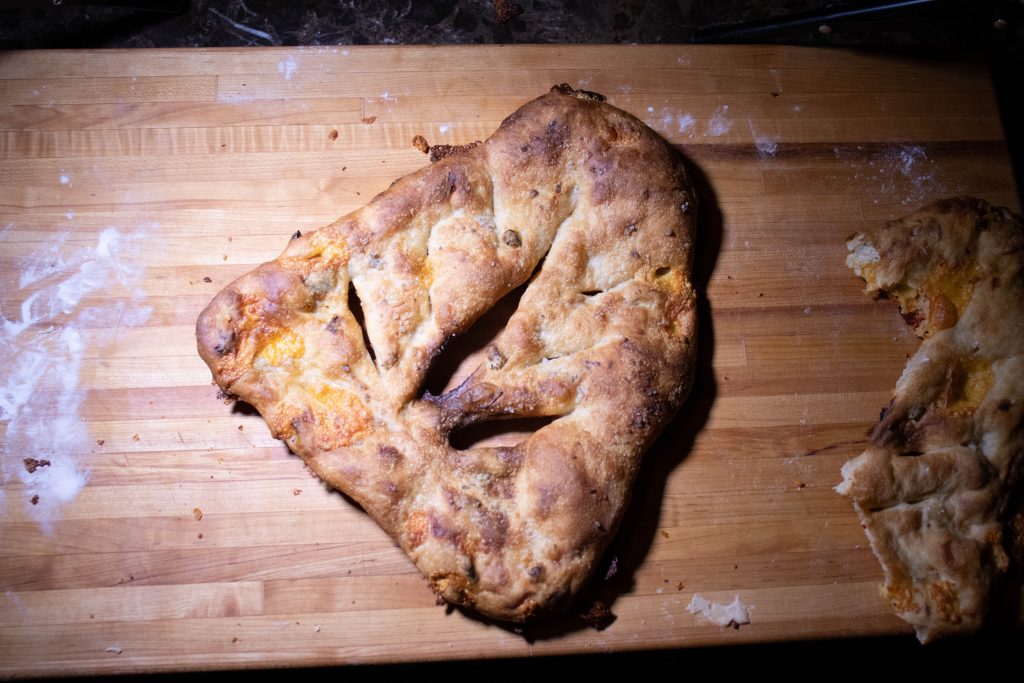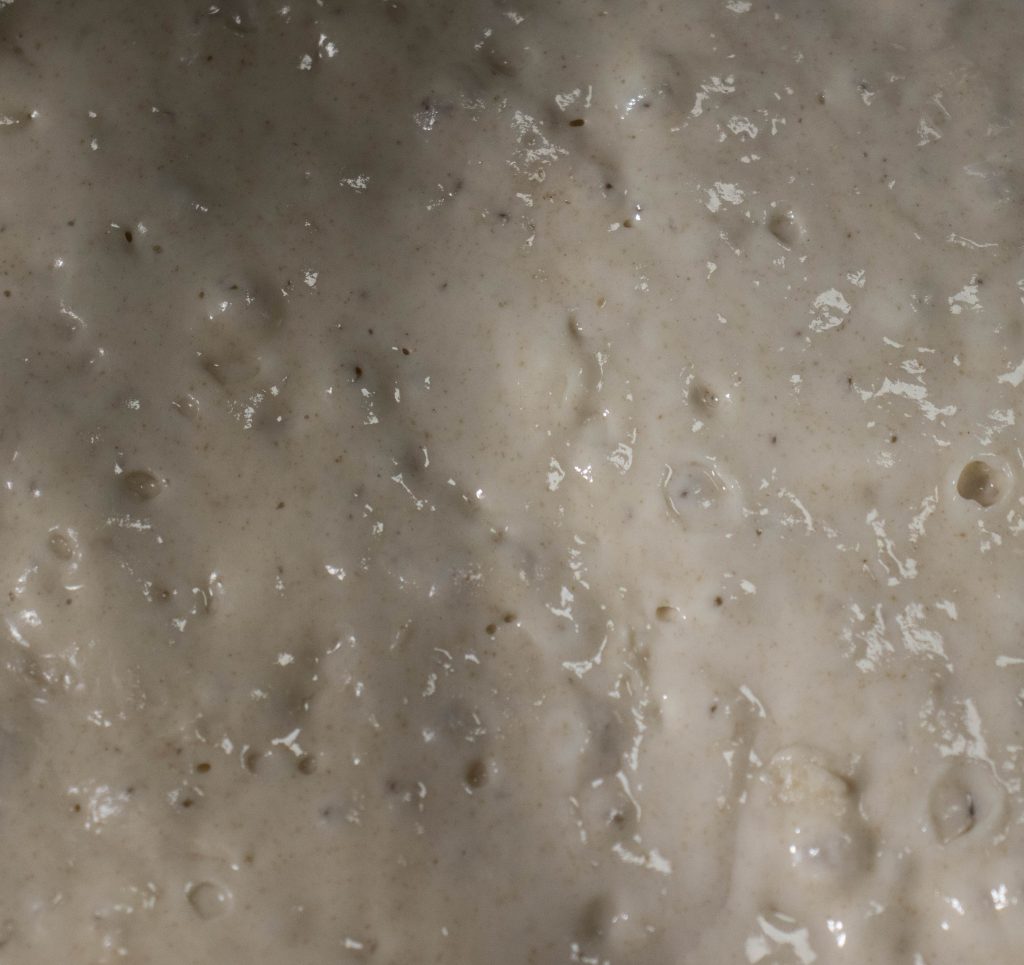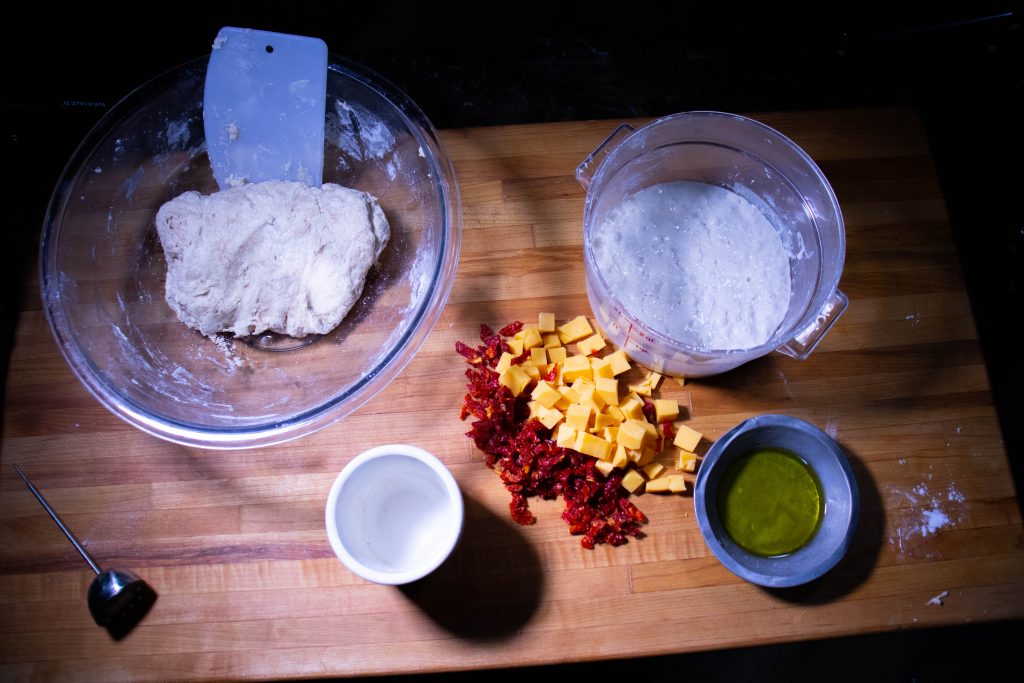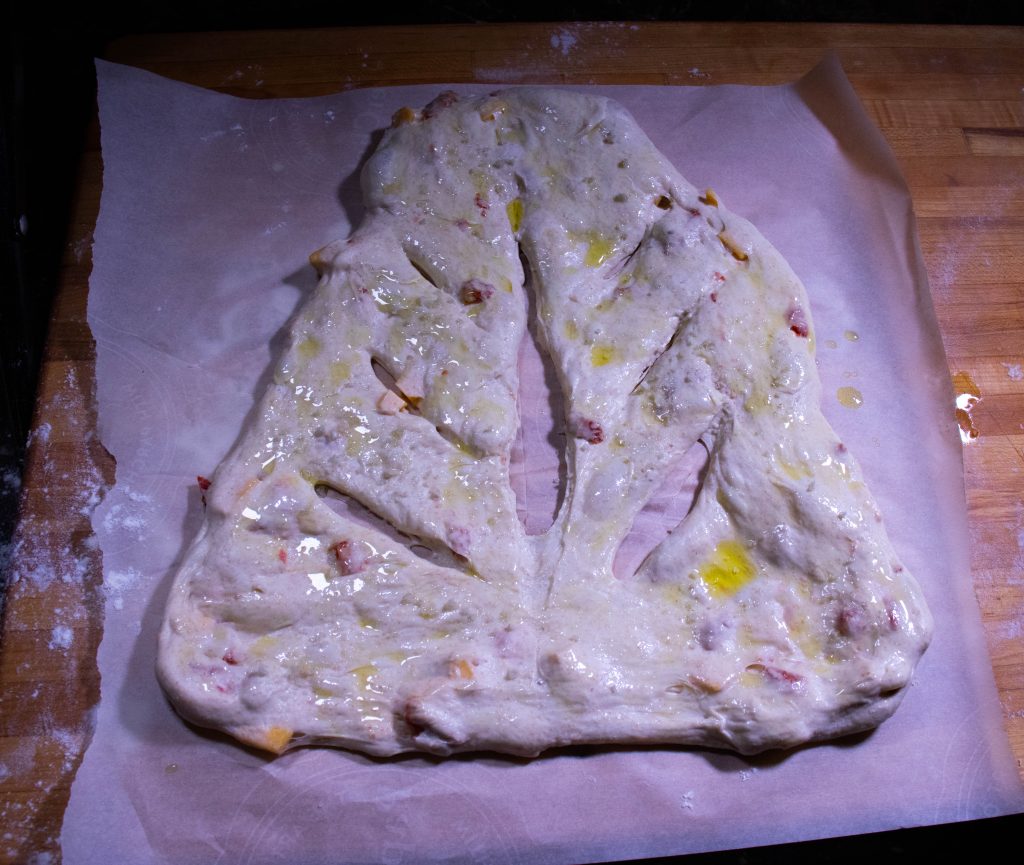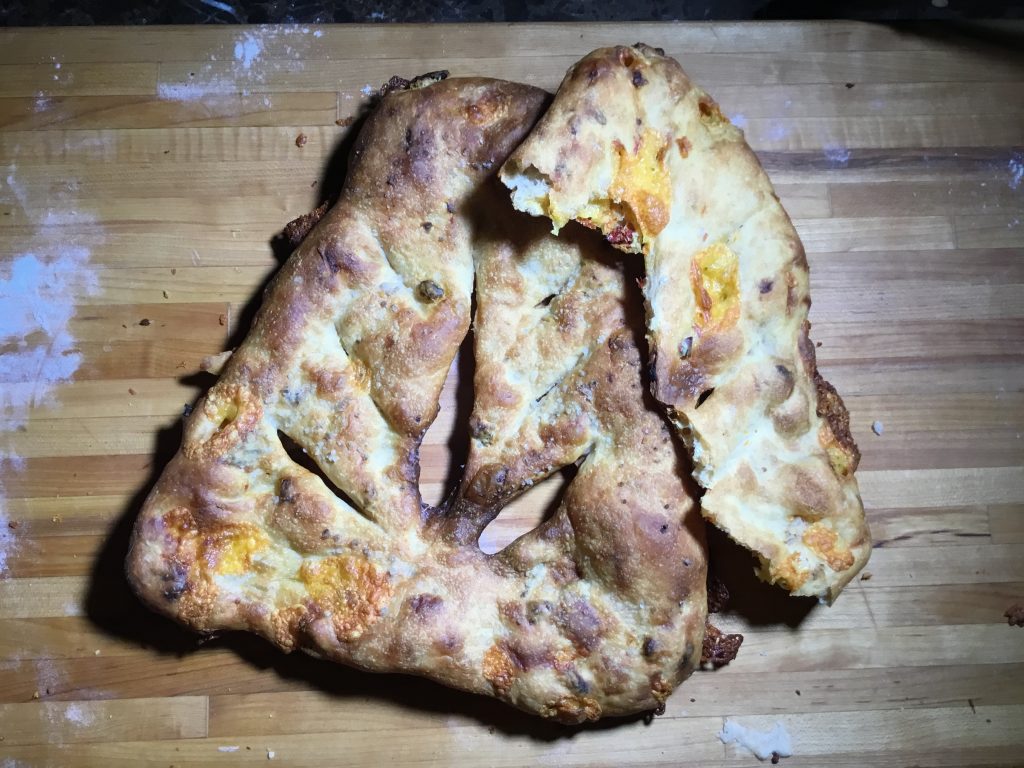Pan de Muerto.
I’ve never actually baked it, and to be honest, until this morning I didn’t even know it existed. (I say that with a certain amount of shame). Pan de Muerto is a “…round loaf shaped like a skull” that is, as I understand it, commonly placed on altars for the dead during Día de los Muertos.
I learned all of that from this article: https://www.washingtonpost.com/food/2020/10/26/pan-de-muerto-recipe/
It was particularly interesting to see that article this morning as I have, for the last several days, been thinking about bread and memory, both personal and cultural. In the Jewish culture, the one that I know best, bread is central to how we remember who we are and where we came from .
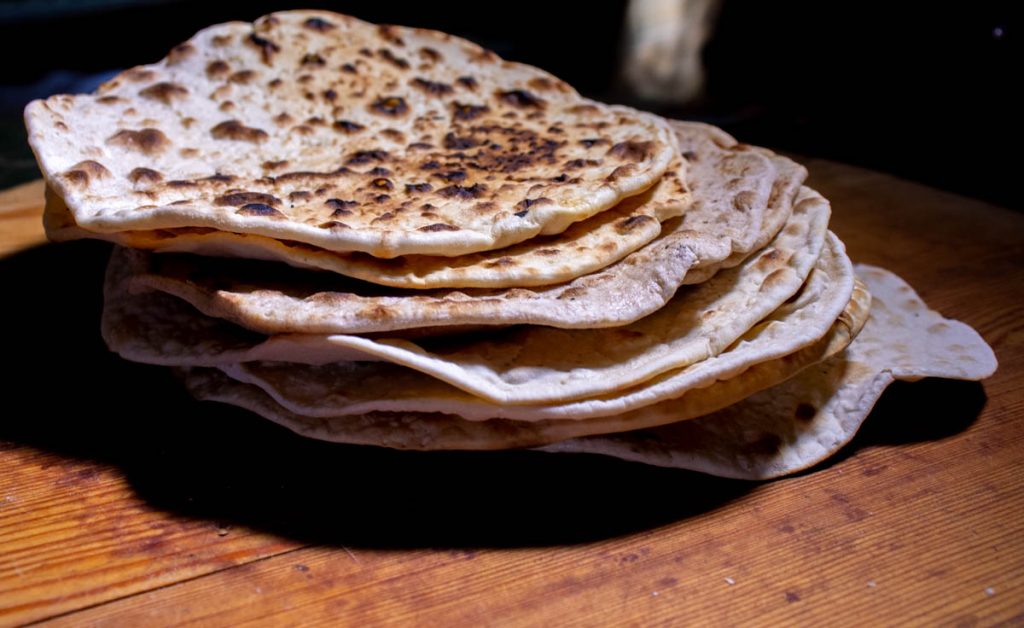
The holiday of Passover centers around matzah, the unleavened flatbread over which we tell the story of the genesis of the Jewish people. At the Passover seder we wrap the long and complicated telling of our history around this most simple of loaves.
And there are other cultural connections. Every Friday night many Jewish families around the world bake Challah. There are a whole world of different recipes, yet each family makes a loaf that connects them to their ancestors back through the years. I strongly remember, when I was at the early stages of deepening my Jewish practice, that I was holding the two loaves over which we say a blessing on Friday night, and the strongest sense came over me that this simple blessing over these two loaves connected me to my grandparents, and their parents, and their parents, and on and on back and back to…the matzah baked when leaving Egypt, or the pita that my Syrian great, great, great, great grandparents blessed and ate at their Sabbath table.
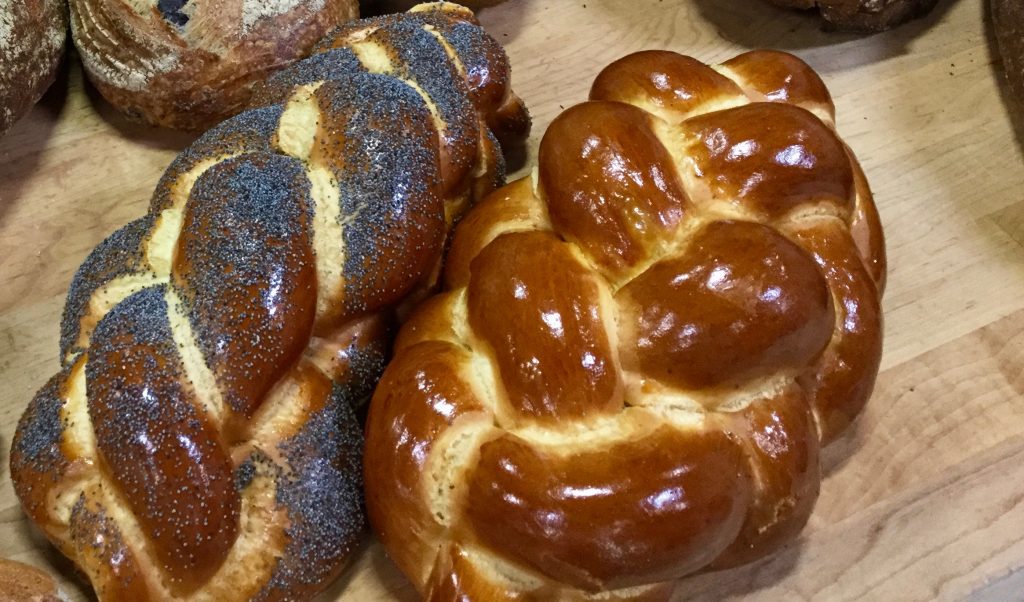
Every time I go into a proper bagel shop (this is usually in New York, even though I believe that it is possible to make a decent bagel in other places), the smell reminds me of the many times I’ve stood in line buying bagels for family and friends. It also reminds me of going into a bagel shop with my father when I was a little kid and him telling me that the smell reminded him of the bagels of his youth.
Connections. It is one of the amazing things about food, and breads in particular. A croissant can remind you of a particular breakfast in bed 30 years ago, and a loaf of cranberry bread can remind you of celebrating holidays with people who are no longer with us. Or the drives my wife and I took when we first moved to Sonoma County, stopping at Wild Flour Bread for a loaf of their cheesy fougasse on our way to the ocean.
And a loaf of Pan de Muerto can connect you to ancestors who are gone, and yet not gone.
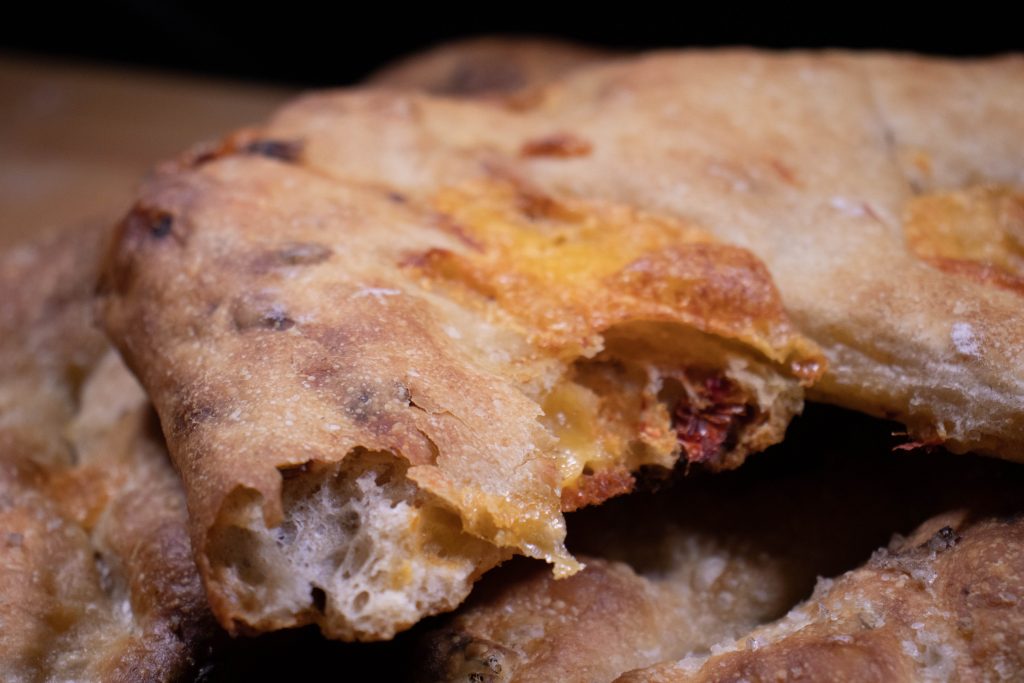
I think this is why they say when you are selling a house that you should bake bread before showing a house. The smell, they say, will make a house feel like a home. And no wonder, the smell and taste of bread can connect us to our memories, and histories like few other things.
These are some of the bread memories – both personal and cultural – that I have. What are yours? I’d love to hear of the cultural and personal connections that you have when smelling or eating bread.
